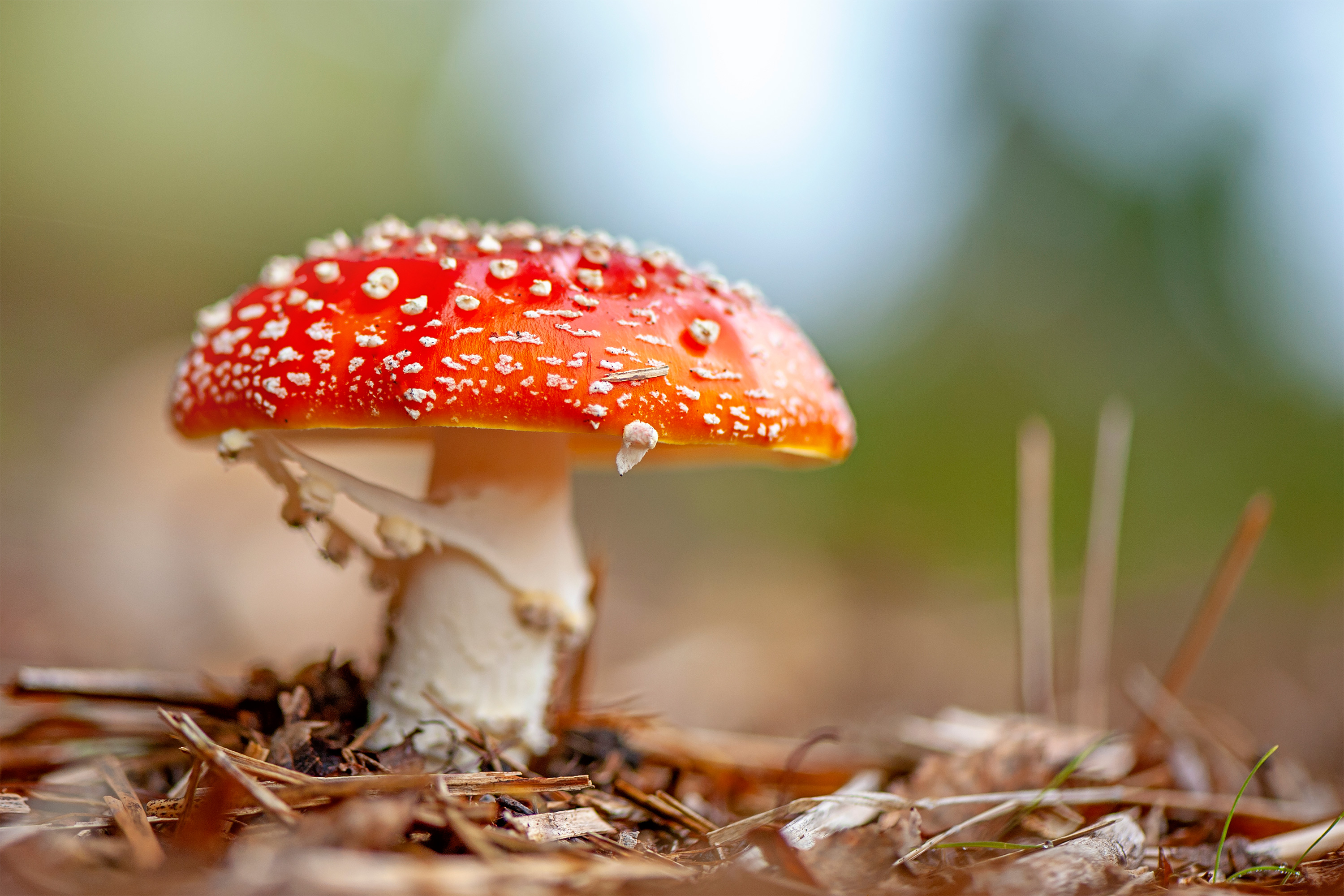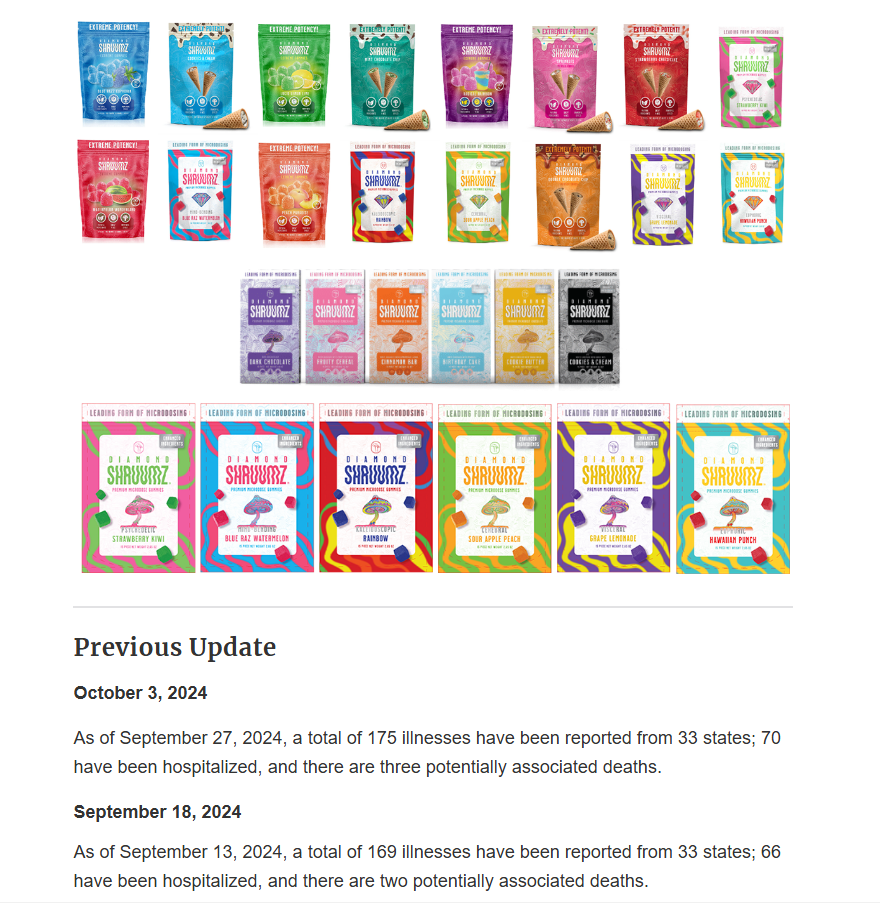BOLIGEE, Ala. — Green lights flickered on the wireless router in Barbara Williams’ kitchen. Just one bar lit up — a weak signal connecting her to the world beyond her home in the Alabama Black Belt.
Next to the router sat medications, vitamin D pills, and Williams’ blood glucose monitor kit.
“I haven’t used that thing in a month or so,” said Williams, 72, waving toward the kit. Diagnosed with diabetes more than six years ago, she has developed nerve pain from neuropathy in both legs.
Williams is one of nearly 3 million Americans who live in mostly rural counties that lack both health care and reliable high-speed internet, according to an analysis by KFF Health News, which showed that these people tend to live sicker and die younger than others in America.
Compared with those in other regions, patients across the rural South, Appalachia, and remote West are most often unable to make a video call to their doctor or log into their patient portals. Both are essential ways to participate in the U.S. medical system. And Williams is among those who can do neither.
This year, more than $42 billion allocated in the 2021 Infrastructure Investment and Jobs Act is expected to begin flowing to states as part of a national “Internet for All” initiative launched by the Biden administration. But the program faces uncertainty after Commerce Department Secretary Howard Lutnick last week announced a “rigorous review” asserting that the previous administration’s approach was full of “woke mandates.”
High rates of chronic illness and historical inequities are hallmarks of many of the more than 200 U.S. counties with poor services that KFF Health News identified. Dozens of doctors, academics, and advocates interviewed for this article unanimously agreed that limited internet service hinders medical care and access.
Without fast, reliable broadband, “all we’re going to do is widen health care disparities within telemedicine,” said Rashmi Mullur, an endocrinologist and chief of telehealth at VA Greater Los Angeles. Patients with diabetes who also use telemedicine are more likely to get care and control their blood sugar, Mullur found.
Diabetes requires constant management. Left untreated, uncontrolled blood sugar can cause blindness, kidney failure, nerve damage, and eventually death.
Williams, who sees a nurse practitioner at the county hospital in the next town, said she is not interested in using remote patient monitoring or video calls.
“I know how my sugar affects me,” Williams said. “I get a headache if it’s too high.” She gets weaker when it’s down, she said, and always carries snacks like crackers or peppermints.
Williams said she could even drink a soda pop — orange, grape — when her sugar is low but would not drink one when she felt it was high because she would get “kind of goozie-woozy.”

‘This Is America’
Connectivity dead zones persist in American life despite at least $115 billion lawmakers have thrown toward fixing the inequities. Federal broadband efforts are fragmented and overlapping, with more than 133 funding programs administered by 15 agencies, according to a 2023 federal report.
“This is America. It’s not supposed to be this way,” said Karthik Ganesh, chief executive of Tampa, Florida-based OnMed, a telehealth company that in September installed a walk-in booth at the Boligee Community Center about 10 minutes from Williams’ home. Residents can call up free life-size video consultations with an OnMed health care provider and use equipment to check their weight and blood pressure.
OnMed, which partnered with local universities and the Alabama Cooperative Extension System, relies on SpaceX’s Starlink to provide a high-speed connection in lieu of other options.


A short drive from the community center, beyond Boligee’s Main Street with its deserted buildings and an empty railroad depot and down a long gravel drive, is the 22-acre property where Williams lives.
Last fall, Williams washed a dish in her kitchen, with its unforgiving linoleum-topped concrete floors. A few months earlier, she said, a man at the community center signed her up for “diabetic shoes” to help with her sore feet. They never arrived.
As Williams spoke, steam rose from a pot of boiling potatoes on the stove. Another pan sizzled with hamburger steak. And on a back burner simmered a mix of Velveeta cheese, diced tomatoes, and peppers.
She spent years on her feet as head cook at a diner in Cleveland, Ohio. The oldest of nine, Williams returned to her family home in Greene County more than 20 years ago to care for her mother and a sister, who both died from cancer in the back bedroom where she now sleeps.

Williams looked out a window and recalled when the landscape was covered in cotton that she once helped pick. Now three houses stand in a carefully tended clearing surrounded by tall trees. One belongs to a brother and the other to a sister who drives with her daily to the community center for exercise, prayers, and friendship with other seniors.
All the surviving siblings, Williams said, have diabetes. “I don’t know how we became diabetic,” she said. Neither of their parents had been diagnosed with the illness.
In Greene County, an estimated quarter of adults have diabetes — twice the national average. The county, which has about 7,600 residents, also has among the nation’s highest rates for several chronic diseases such as high blood pressure, stroke, and obesity, Centers for Disease Control and Prevention data shows.
The county’s population is predominately Black. The federal CDC reports that Black Americans are more likely to be diagnosed with diabetes and are 40% more likely than their white counterparts to die from the condition. And in the South, rural Black residents are more likely to lack home internet access, according to the Joint Center for Political and Economic Studies, a Washington-based think tank.
To identify counties most lacking in reliable broadband and health care providers, KFF Health News used data from the Federal Communications Commission and George Washington University’s Mullan Institute for Health Workforce Equity. Reporters also analyzed U.S. Census Bureau, CDC, and other data to understand the health status and demographics of those counties.
The analysis confirms that internet and care gaps are “hitting areas of extreme poverty and high social vulnerability,” said Clese Erikson, deputy director of the health workforce research center at the Mullan Institute.
Digital Haves vs. Have-Nots
Just over half of homes in Greene County have access to reliable high-speed internet — among the lowest rates in the nation. Greene County also has some of the country’s poorest residents, with a median household income of about $31,500. Average life expectancy is less than 72 years, below the national average.
By contrast, the KFF Health News analysis found that counties with the highest rates of internet access and health care providers correlated with higher life expectancy, less chronic disease, and key lifestyle factors such as higher incomes and education levels.
One of those is Howard County, Maryland, between Baltimore and Washington, D.C., where nearly all homes can connect to fast, reliable internet. The median household income is about $147,000 and average life expectancy is more than 82 years — a decade longer than in Greene County. A much smaller share of residents live with chronic conditions such as diabetes.
One is 78-year-old Sam Wilderson, a retired electrical engineer who has managed his Type 2 diabetes for more than a decade. He has fiber-optic internet at his home, which is a few miles from a cafe he dines at every week after Bible study. On a recent day, the cafe had a guest Wi-Fi download speed of 104 megabits per second and a 148 Mbps upload speed. The speeds are fast enough for remote workers to reliably take video calls.
Americans are demanding more speed than ever before. Most households have multiple devices — televisions, computers, gaming systems, doorbells — in addition to phones that can take up bandwidth. The more devices connected, the higher minimum speeds are needed to keep everything running smoothly.
To meet increasing needs, federal regulators updated the definition of broadband last year, establishing standard speeds of 100/20 Mbps. Those speeds are typically enough for several users to stream, browse, download, and play games at the same time.
Christopher Ali, professor of telecommunications at Penn State, recommends minimum standard speeds of 100/100 Mbps. While download speeds enable consumption, such as streaming or shopping, fast upload speeds are necessary to participate in video calls, say, for work or telehealth.
At the cafe in Howard County, on a chilly morning last fall, Wilderson ordered a glass of white wine and his usual: three-seeded bread with spinach, goat cheese, smoked salmon, and over-easy eggs. After eating, Wilderson held up his wrist: “This watch allows me to track my diabetes without pricking my finger.”
Wilderson said he works with his doctors, feels young, and expects to live well into his 90s, just as his father and grandfather did.
Telehealth is crucial for people in areas with few or no medical providers, said Ry Marcattilio, an associate director of research at the Institute for Local Self-Reliance. The national research and advocacy group works with communities on broadband access and reviewed KFF Health News’ findings.
High-speed internet makes it easier to use video visits for medical checkups, which most patients with diabetes need every three months.
Being connected “can make a huge difference in diabetes outcomes,” said Nestoras Mathioudakis, an endocrinologist and co-medical director of Johns Hopkins Medicine Diabetes & Education Program, who treats patients in Howard County.
Paying More for Less
At Williams’ home in Alabama, pictures of her siblings and their kids cover the walls of the hallway and living room. A large, wood-framed image of Jesus at the Last Supper with his disciples hangs over her kitchen table.
Williams sat down as her pots simmered and sizzled. She wasn’t feeling quite right. “I had a glass of orange juice and a bag of potato chips, and I knew that wasn’t enough for breakfast, but I was cooking,” Williams said.
Every night Williams takes a pill to control her diabetes. In the morning, if she feels as if her sugar is dropping, she knows she needs to eat. So, that morning, she left the room to grab a peppermint, walking by the flickering wireless router.
The router’s download and upload speeds were 0.03/0.05 Mbps, nearly unusable by modern standards. Williams’ connection on her house phone can sound scratchy, and when she connects her cellphone to the router, it does not always work. Most days it’s just good enough for her to read a daily devotional website and check Facebook, though the stories don’t always load.
Rural residents like Williams paid nearly $13 more a month on average in late 2020 for slow internet connections than those in urban areas, according to Brian Whitacre, an agricultural economics professor at Oklahoma State University.
“You’re more likely to have competition in an urban area,” Whitacre said.
In rural Alabama, cellphone and internet options are limited. Williams pays $51.28 a month to her wireless provider, Ring Planet, which did not respond to calls and emails.

In Howard County, Maryland, national fiber-optic broadband provider Verizon Communications faces competition from Comcast, a hybrid fiber-optic and cable provider. Verizon advertises a home internet plan promising speeds of 300/300 Mbps starting at $35 a month for its existing mobile customers. The company also offers a discounted price as low as $20 a month for customers who participate in certain federal assistance programs.
“Internet service providers look at the economics of going into some of these communities and there just isn’t enough purchasing power in their minds to warrant the investment,” said Ross DeVol, chief executive of Heartland Forward, a nonpartisan think tank based in Bentonville, Arkansas, that specializes in state and local economic development.
Conexon, a fiber-optic cable construction company, estimates it costs $25,000 per mile to build above-ground fiber lines on poles and $60,000 to $70,000 per mile to build underground.

Former President Joe Biden’s 2021 infrastructure law earmarked $65 billion with a goal of connecting all Americans to high-speed internet. Money was designated to establish digital equity programs and to help low-income customers pay their internet bills. The law also set aside tens of billions through the Broadband Equity Access and Deployment Program, known as BEAD, to connect homes and businesses.
That effort prioritizes fiber-optic connections, but federal regulators recently outlined guidance for alternative technologies, including low Earth orbit satellites like SpaceX’s Starlink service.
Funding the use of satellites in federal broadband programs has been controversial inside federal agencies. It has also been a sore point for Elon Musk, who is chief executive of SpaceX, which runs Starlink, and is a lead adviser to President Donald Trump.
After preliminary approval, a federal commission ruled that Starlink’s satellite system was “not reasonably capable” of offering reliable high speeds. Musk tweeted last year that the commission had “illegally revoked” money awarded under the agency’s Trump-era Rural Digital Opportunity Fund.
In February, Trump nominated Arielle Roth to lead the federal agency overseeing the infrastructure act’s BEAD program. Roth is telecommunications policy director for the Senate Committee on Commerce, Science, and Transportation. Last year, she criticized the program’s emphasis on fiber and said it was beleaguered by a “woke social agenda” with too many regulations.
Commerce Secretary Lutnick last week said he will get rid of “burdensome regulations” and revamp the program to “take a tech-neutral approach.” Republicans echoed his positions during a U.S. House subcommittee hearing the same day.
When asked about potentially weakening the program’s required low-cost internet option, former National Telecommunications and Information Administration official Sarah Morris said such a change would build internet connections that people can’t afford. Essentially, she said, they would be “building bridges to nowhere, building networks to no one.”

‘That Hurt’
Over a lunch of tortilla chips with the savory sauce that had been simmering on the stove, Williams said she hadn’t been getting regular checkups before her diabetes diagnosis.
“To tell you the truth, if I can get up and move and nothing is bothering me, I don’t go to the doctor,” Williams said. “I’m just being honest.”
Years ago, Williams recalled, “my head was hurting me so bad I had to just lay down. I couldn’t stand up, walk, or nothing. I’d get so dizzy.”
Williams thought it was her blood pressure, but the doctor checked for diabetes. “How did they know? I don’t know,” Williams said.
As lunch ended, she pulled out her glucose monitor. Williams connected the needle and wiped her finger with an alcohol pad. Then she pricked her finger.
“Oh,” Williams said, sucking air through her teeth. “That hurt.”
She placed the sample in the machine, and it quickly displayed a reading of 145 — a number, Williams said, that meant she needed to stop eating.
This article was produced by KFF Health News, a national newsroom that produces in-depth journalism about health issues and is one of the core operating programs at KFF — the independent source for health policy research, polling, and journalism.















